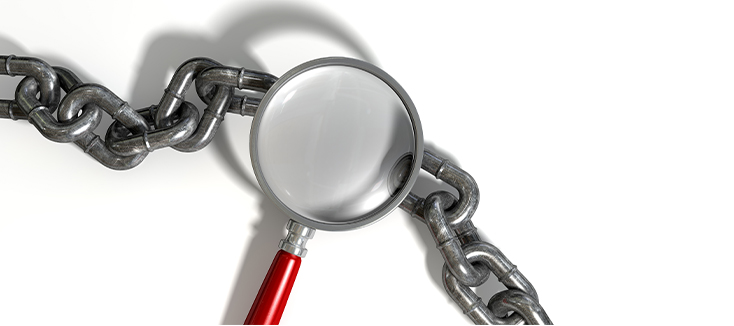What do you do when your TEE ultrasound probe has broken? TEE probes and ultrasound probes of all kinds are very expensive medical devices selling for tens of thousands of dollars each, so replacing a probe is not really an affordable option, nor is it always necessary. However, most probes' original equipment manufacturers (OEM) do not offer repair services. Typically, OEMs will only trade you a new probe for your damaged one and charge you tens of thousands of dollars for the replacement; not exactly a budget-friendly option.
Enter third-party service providers. Over the past twenty years, third-party servicers have been stepping up and providing a solution: repairs to TEE ultrasound probes and other devices at a significantly lower cost. While this development has been a boon to healthcare providers, it has also caused its share of problems due to lack of oversight.
Ultrasound probes are considered finished medical devices by the FDA and are regulated as Class II medical devices through 510(k) control. This means that OEMs have had to meet specific performance standards in order to have their devices considered safe and effective by the FDA. Unfortunately, these standards have not been consistently applied to third-party service providers, resulting in ultrasound probes sometimes being repaired in ways that have made them unsafe for patients and end users.
With TEE ultrasound probes in particular, there are many complications that can result from an inadequate repair. If the insertion tube sheath has been replaced, the new sheath material may not be able to withstand the high level disinfection (HLD) process or HLD may be ineffective with it. The temperature of the lens must not exceed 43°C during use as the esophageal lining burns easily; a poor repair can cause an increase in temperature, hurting the patient. Additionally, a poorly sealed probe can result in electrical leakage, which can end in a patient being electrocuted, potentially fatally. Read more about ultrasound probe safety here.
G. Wayne Moore, CEO of Acertara and 2019 Ultrasound Section Chair for the Medical Imaging and Technology Alliance, has been fighting for twenty years to encourage the FDA to enforce the same regulations they apply to OEMs to those who are repairing ultrasound probes. In December of 2018, Moore was able to meet with the FDA and help them realize the need to enforce regulations in place for OEMs on third-party servicers.
When asked about how he feels about the future of the industry in light of the changes in the FDA's enforcement of these standards, Moore said he felt, "Encouraged that, finally, the FDA is getting around to doing this; it will hopefully wipe out a lot of bad actors." By enforcing these standards, the FDA will be helping to keep patients and end users of repaired TEE and other ultrasound probes safe.
As these standards are now being enforced, healthcare facilities seeking to repair ultrasound probes need to keep their guard up. If a probe is improperly serviced, a facility may find themselves spending inordinate sums to make up for it in the form of replacement, further repairs, and even lawsuits. According to Moore, there are just a few simple things you should check before entrusting expensive probes to a servicer's care:
- -Are they ISO 13485:2016 certified and compliant? Have them send you a copy of their certification.
- -On the certificate, look for the scope of their certification; it should say that they are certified for repairing or refurbishing diagnostic imaging probes. Depending on which company has performed the certification, the wording may vary.
- -Check that their certification is current.
Always verify that the servicer is currently ISO 13485:2016 certified for repairing probes before sending a probe for mending. It is always advised that you thoroughly test your ultrasound probe after it has received any servicing to ensure its safety. Just taking these minor precautions into account will help keep patients healthy and your facility's risk management team happy.


